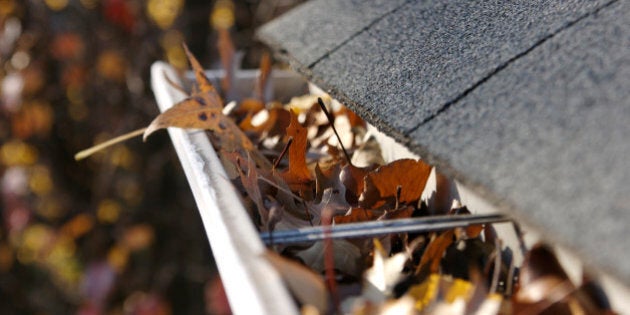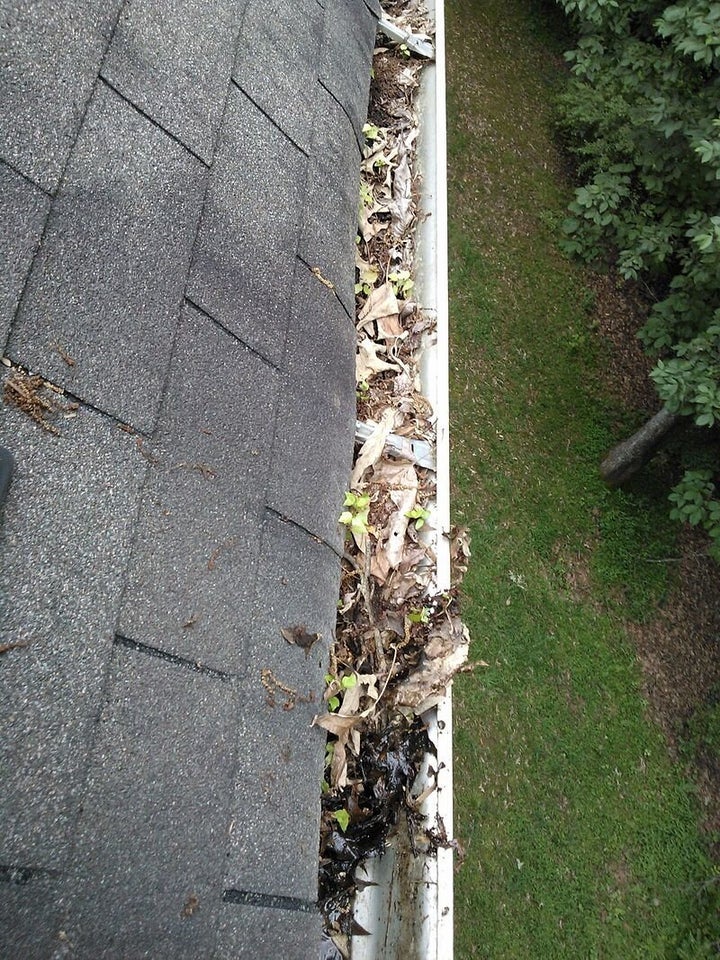
Your home needs as many regular check-ups as you do to ensure everything is working properly. This may seem like a daunting task but, more often than not, doing these little check-ups from time to time can help prevent a fixable home issue from becoming a serious problem later on.
Why wait to see if something is broken when you can possibly avoid that break altogether?
We’ve rounded up a quick list of some of the most common problem areas in any house and easy DIY checkups you can do to keep track of your home’s overall health so you can make informed decisions about where to go from there.
The power is in your hands.

Roof
Your roof is one of the most important parts of your house. Checking on it more than once a year is vital to ensure it remains safe and stable for you and your family.
Look for potential issues such as: shingle replacement, leaks, damage from fallen wires or trees, cracked caulk, moss, or debris. The moss, by the way, can be an indication that there is something rotting underneath.
How to check for these things is fairly simple: be aware, first off, of the lifespan of your roof. If it’s recently installed, there shouldn’t be much issue with it; if it’s a bit older, these could lead to potentially needing a new one or just signal that you’ll need to replace one in the near future. Look for cracks or places where leaks can occur. Take your new knowledge of how to look at caulking and sealed areas to the roof.
Dryer and Washing Machine
In terms of "menacing home appliances," your washer and dryer probably aren’t top of mind. But they can actually cause potentially fatal damage if not properly taken care of.
In the case of your dryer, the ducts and vents provide airflow. This can be obstructed by lint or debris. As you were probably told dozens of times growing up, failing to clean out the lint trap (and by extension, the dryer vent) can lead to fires, so make sure to check your dryer vent every year. A clean system of ducts has two additional bonuses: your clothes will be dryer faster and you might save on your electrical bill.
With a washing machine, a number of issues can arise from not properly checking its hosing and connections. Those include problems with drainage, spinning, and water leakage. A number of these can be solved simply by looking at the hose to see if it’s bent, leaking or disconnected and working from there. Unchecked, these can lead to larger problems down the road.

Gutters
Let’s talk about rain gutters. If clogged with leaves or debris, they can affect the structure of your house from the top down.
The first and most important action you can do to prevent any future damage is to climb a ladder and remove the gunk sitting in your gutters. If you do this more often than not, the amount will be smaller each time and you will avoid a future problem. The next step is to really dig into the gutters and look for missing pieces like rivets as well as leaks, and cracked areas.
Windows + Caulking
Almost 80 per cent of air and water leaks can be prevented by looking the usual places where you might find broken seals. We’re talking about windows, doors, sinks, and tubs and the caulking that seals them up.
You can this check by "smoking" out a leak, whereby if the smoke is undisturbed, then you can safely assume there’s no leak in that area. But one of the easiest and best ways to check-up on any patched up areas is to actually look at them. If there are cracks, revealing gaps of wall and frame, then your house is vulnerable to heat loss – if not worse things, like leaky sinks and bathtubs.
For more information on how to keep your home working in perfect harmony, check out Enercare here.